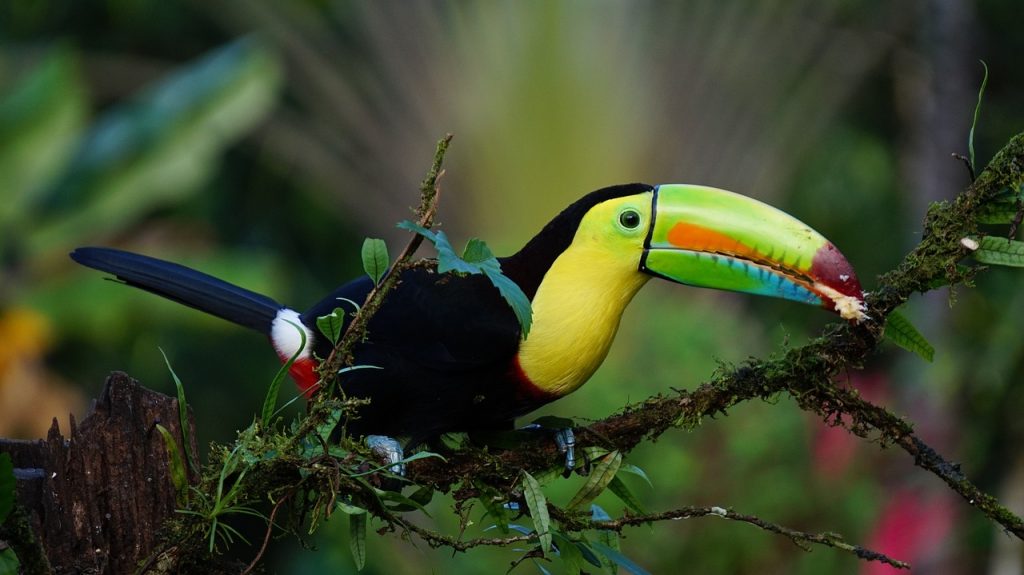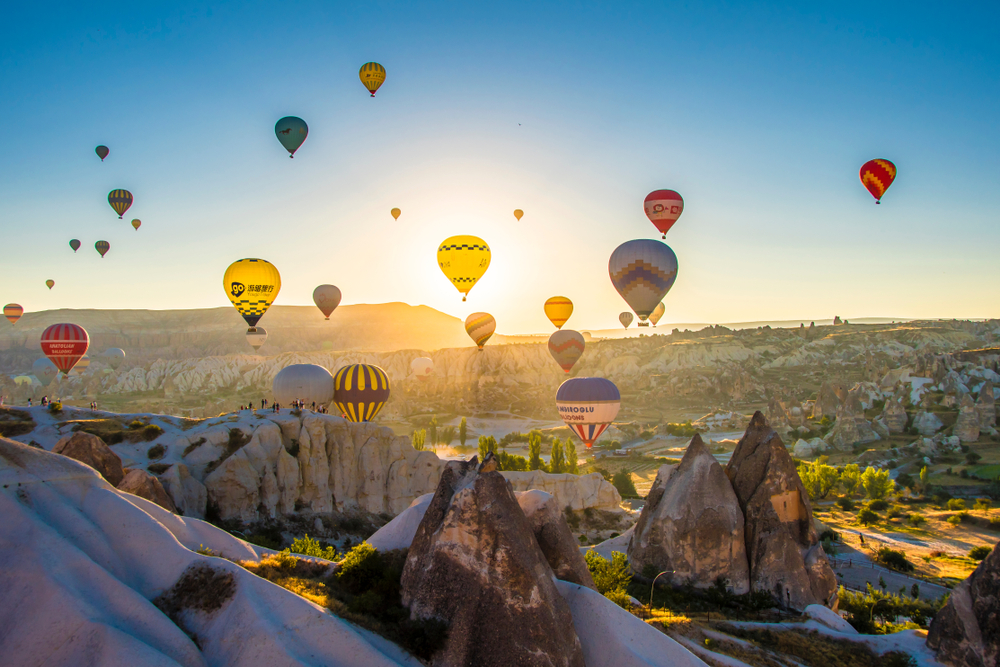Best National Parks for Big 5 Sightings
- 5 min read
- By Phillp Imler
The African Big 5 – lions, leopards, elephants, rhinos, and buffaloes – are among the most sought-after sights for wildlife enthusiasts visiting Africa. Originally coined by hunters for being the most difficult animals to hunt on foot, the term now symbolizes the pinnacle of wildlife tourism.
The rhino, because of its timid shyness, and the leopard because of its stealthy nature are the two species of the Big 5 that are usually the hardest to find. It is usually one or the other that is missing from a complete check-off of Big 5 sightings.
For those dreaming of witnessing these majestic creatures in their natural habitat, here are several national parks where your chances are more probable:
As one of Africa’s largest and most famous national parks, Kruger offers unparalleled opportunities for Big 5 sightings. Its vast landscapes range from dense forests to open savannahs, providing ideal habitats for a diverse array of wildlife. Well-maintained roads and numerous lodges make Kruger a top choice for first-time and seasoned safari-goers alike.
Famed for the Great Migration, the Serengeti is equally renowned for its Big 5 populations. The park’s expansive plains make sightings of lions and elephants relatively common, while leopards can often be spotted resting in the trees. The Serengeti’s rhino population is growing, offering hope for more frequent sightings.
While technically a reserve, the Masai Mara operates under national park status in Kenya and is inseparable from any Big 5 discussion. It shares an ecosystem with the Serengeti, providing spectacular opportunities to see all five members, especially during the migration season when predators are more active.
Etosha’s salt pan is visible from space, but it’s the waterholes dotting the arid landscape that draw the Big 5 and other wildlife, making them easier to spot. The park’s floodlit waterholes offer unique opportunities for nighttime sightings, particularly of the elusive leopard and rhino.
Chobe is renowned for its massive elephant herds, with populations reaching into the tens of thousands. The park’s diverse habitats support all members of the Big 5, with the Chobe Riverfront being a particularly fruitful area for game viewing. Spotting rhino or leopard from the boat is plausible but there is a greater chance to see them leveraging the traditional game drive through the park.
Hwange is Zimbabwe’s largest national park and offers some of the country’s best Big 5 sightings. The park’s waterholes attract large numbers of animals, especially during the dry season, making it an excellent location for wildlife photography.
Kidepo may not be as well-known as some other parks on this list, but its remote location contributes to a truly wild safari experience. The park’s diverse ecosystems support healthy populations of buffalo and elephant, with growing numbers of lions. Rhinos are absent in the wild but can be seen in sanctuaries within Uganda. This may not be the way you wish to see the Big 5, but with the decimation of the rhino population across Africa, this may become the way to do it in the future if we do not take more conservation efforts.
While smaller than the Serengeti, Tarangire boasts impressive elephant herds and a substantial predator population, including lions and leopards. The park’s dense bushland offers a different safari experience, with rhinos being the only Big 5 members not commonly seen.
South Luangwa is often hailed as one of the greatest wildlife sanctuaries in the world. The park’s walking safaris provide thrilling encounters with lions, elephants, and buffaloes. While leopards are a common sight, rhinos are missing from the landscape due to past poaching but are present in the nearby North Luangwa National Park.
After a successful reintroduction program, Akagera now boasts all members of the Big 5. The park’s savannah, mountain, and swamp habitats provide the perfect backdrop for sightings, making it a conservation success story and a must-visit for wildlife enthusiasts. You are invited to come witness these treasures and in-turn help invest in the protective efforts of the national park through tourism financial support.
Early Morning or Late Afternoon Safaris: These times offer the best light for photography and are when animals are most active.
Guided Tours: Experienced guides can enhance your chances of sightings, offering insights into animal behavior and leading you to the best spots.
Stay Multiple Days: Spending more time in the park increases your chances of seeing all five members of the Big 5.
Respect Wildlife: Always maintain a safe distance from animals and follow park regulations to ensure a safe experience for both you and the wildlife.
Conservation Awareness: Supporting parks and conservation initiatives is crucial for the continued protection of these magnificent animals and their habitats.
Visiting these national parks not only offers the chance to witness the African Big 5 in their natural environment but also supports critical conservation efforts across the continent. Each park provides a unique ecosystem and landscape, promising an unforgettable safari experience filled with awe-ins

